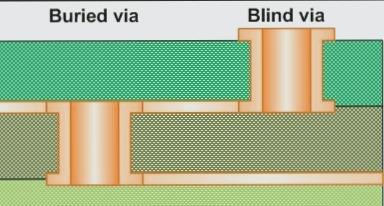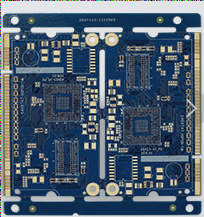Important Considerations for PCB Design
Are you unsure about certain aspects of PCB design? Do you want to ensure your PCB design meets the necessary requirements for successful manufacturing? Here are some key points to keep in mind:
1. Understanding BGA Pad Tolerance
It’s crucial to know the tolerance of your finished BGA pad as it can impact the manufacturing process. Varying tolerance requirements may necessitate different adjustment processes, affecting the BGA pitch design. If the tolerance is not considered properly, it can lead to challenges during BGA soldering.
2. Manufacturer Compensation for Tolerance
How much compensation is required from your manufacturer to meet your desired tolerance levels? This is an essential factor to consider in ensuring the quality and reliability of your PCB design.
3. Spacing for BGA Pad Solder Mask
What spacing does your manufacturer require to prevent any BGA pad from being under the solder mask? Understanding this requirement is crucial for proper BGA pitch configuration.
4. Solder Mask Bridge Between BGA Pads
Does your design require a solder mask bridge between the BGA pads? This factor, known as the “green oil bridge,” plays a significant role in determining the appropriate BGA pitch settings.
5. Spacing for Solder Mask Coverage
How much spacing is needed to ensure complete solder mask coverage on the board? Insufficient spacing may lead to soldering issues during PCB assembly, impacting the overall quality of the final product.
6. Signal Routing Between BGA Pads
When routing signals between BGA pads, consider factors like trace width, spacing, and solder mask coverage. These elements are crucial for defining the optimal BGA pitch configuration.
7. Tolerance for Finished Traces
What level of tolerance is acceptable for the finished traces, and how much compensation is required to meet the specified requirements? These considerations are vital for ensuring the accuracy and reliability of the PCB design.
8. Spacing for Solder Mask Alignment
Understanding the spacing required for complete solder mask coverage over the traces is essential to account for tool alignment deviations during the manufacturing process. Proper spacing helps prevent issues during solder mask application.
9. Maintaining Spacing Between Routed Traces
When multiple traces are routed, it’s important to maintain proper spacing between them before the etching process. This comprehensive consideration ensures the integrity and functionality of the PCB design.
If you need assistance with your PCB manufacturing needs or have any questions, feel free to contact us. We are here to help you achieve the best results for your PCB projects.




